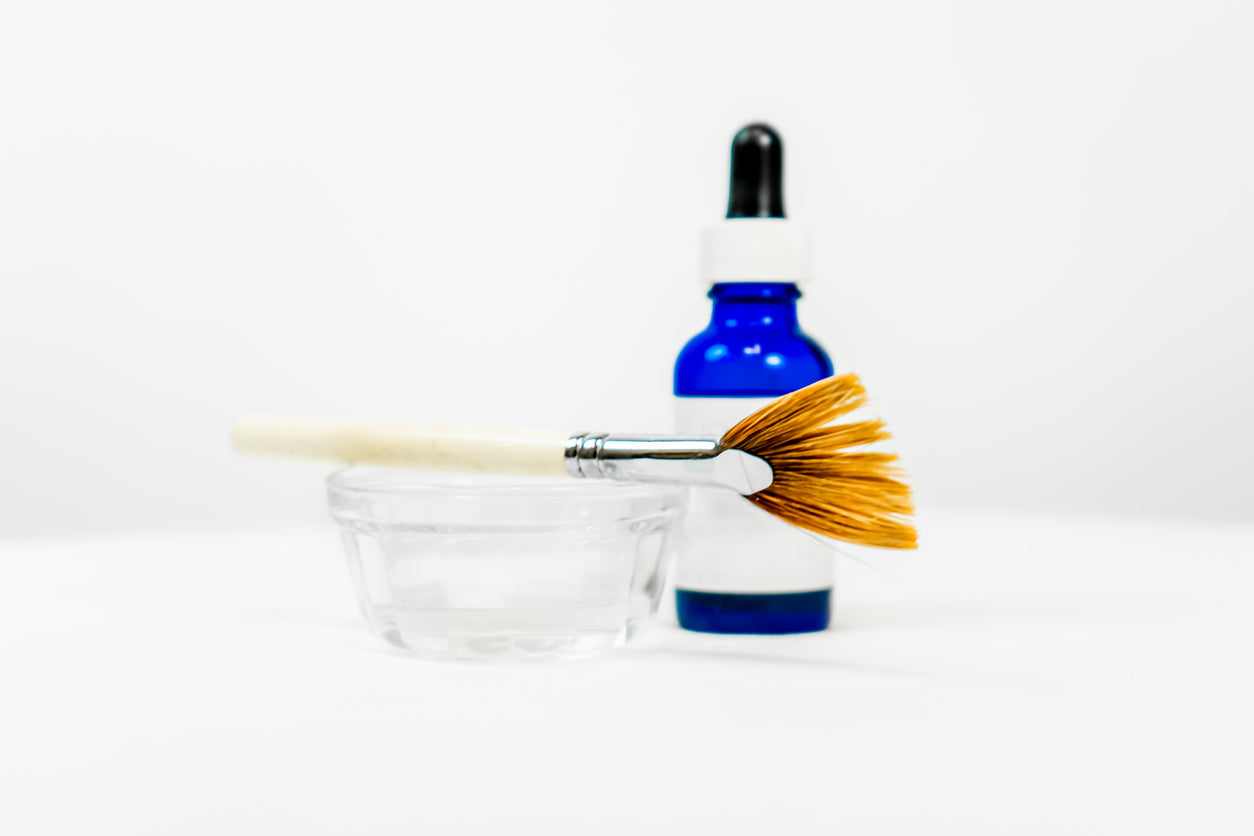
Demystifying Chemical Peels: Safe and Effective Aesthetic Skin Rejuvenation
Chemical peels have long been a cornerstone of aesthetic skincare, offering transformative results by rejuvenating the skin and addressing various concerns. As esthetic professionals, understanding the intricacies of chemical peels is crucial to providing safe and effective treatments that deliver radiant and youthful skin. In this comprehensive guide, we demystify chemical peels, equipping you with the knowledge and insights needed to master this powerful technique and offer your clients exceptional skincare experiences.
The Science Behind Chemical Peels
At its core, a chemical peel is a controlled application of exfoliating agents to the skin's surface. This process encourages the shedding of old, damaged skin cells, revealing newer and healthier skin underneath. The type of exfoliating agent used and its concentration determine the depth of the peel and the specific skin concerns it can address.
Chemical peels work through various mechanisms:
-
Exfoliation: The exfoliating agents, which can include alpha hydroxy acids (AHAs), beta hydroxy acids (BHAs), and trichloroacetic acid (TCA), dissolve the bonds between dead skin cells, allowing them to be sloughed off more easily.
-
Stimulation of Collagen Production: Chemical peels stimulate the production of collagen and elastin, essential proteins that maintain the skin's elasticity and firmness. This results in a reduction in fine lines and wrinkles.
-
Even Skin Tone: Peels can help fade hyperpigmentation, dark spots, and uneven skin tone by targeting the excess melanin in the skin.
-
Acne and Blemish Control: Chemical peels can effectively address acne and blemishes by unclogging pores and reducing inflammation.
Tailoring Treatments to Skin Concerns
A key aspect of mastering chemical peels is understanding the nuances of different skin concerns and choosing the appropriate peel for each client. There are three main types of chemical peels:
-
Superficial Peels: These peels use mild acids like AHAs to target the outermost layer of the skin. They are ideal for treating mild sun damage, fine lines, and dull skin. Superficial peels usually require little to no downtime.
-
Medium Peels: BHAs and TCAs are often used for medium-depth peels, which penetrate deeper into the skin. These peels can address moderate wrinkles, uneven skin tone, and some types of acne scars. Clients may experience a few days of redness and peeling.
-
Deep Peels: TCA and phenol peels are considered deep peels, penetrating multiple layers of the skin. They are reserved for more severe concerns like deep wrinkles and significant sun damage. These peels require a longer recovery period and close monitoring.
Ensuring Safety and Minimizing Risks
While chemical peels offer remarkable benefits, safety should always be a priority. Prior to any treatment, thorough skin analysis is crucial to determine the client's skin type, concerns, and potential sensitivities. Patch tests can help identify any adverse reactions before proceeding with a full peel.
Additionally, proper post-peel care is essential to optimize results and minimize complications. Clients should be educated about sunscreen use, gentle skincare routines, and avoiding sun exposure during the healing period.
The Art of Application
Applying a chemical peel requires a skilled hand. A precise and uniform application is crucial to achieving even results and preventing over-exfoliation. The peel's timing should also be carefully monitored to prevent adverse reactions.
Building Client Relationships
Beyond the technical aspects, building trust and rapport with clients is vital. Explaining the procedure in detail, managing expectations, and addressing concerns can enhance the overall experience. Providing post-treatment support and follow-up ensures clients feel cared for throughout the process.
Conclusion
Chemical peels remain a powerful tool in the arsenal of aesthetic skincare professionals. By understanding the science behind these treatments, tailoring them to individual concerns, prioritizing safety, and honing the art of application, esthetic professionals can provide clients with exceptional skincare experiences. The journey to radiant and youthful skin begins with the mastery of chemical peels, creating a lasting impact on both the professionals and the clients they serve.
Products
View all
